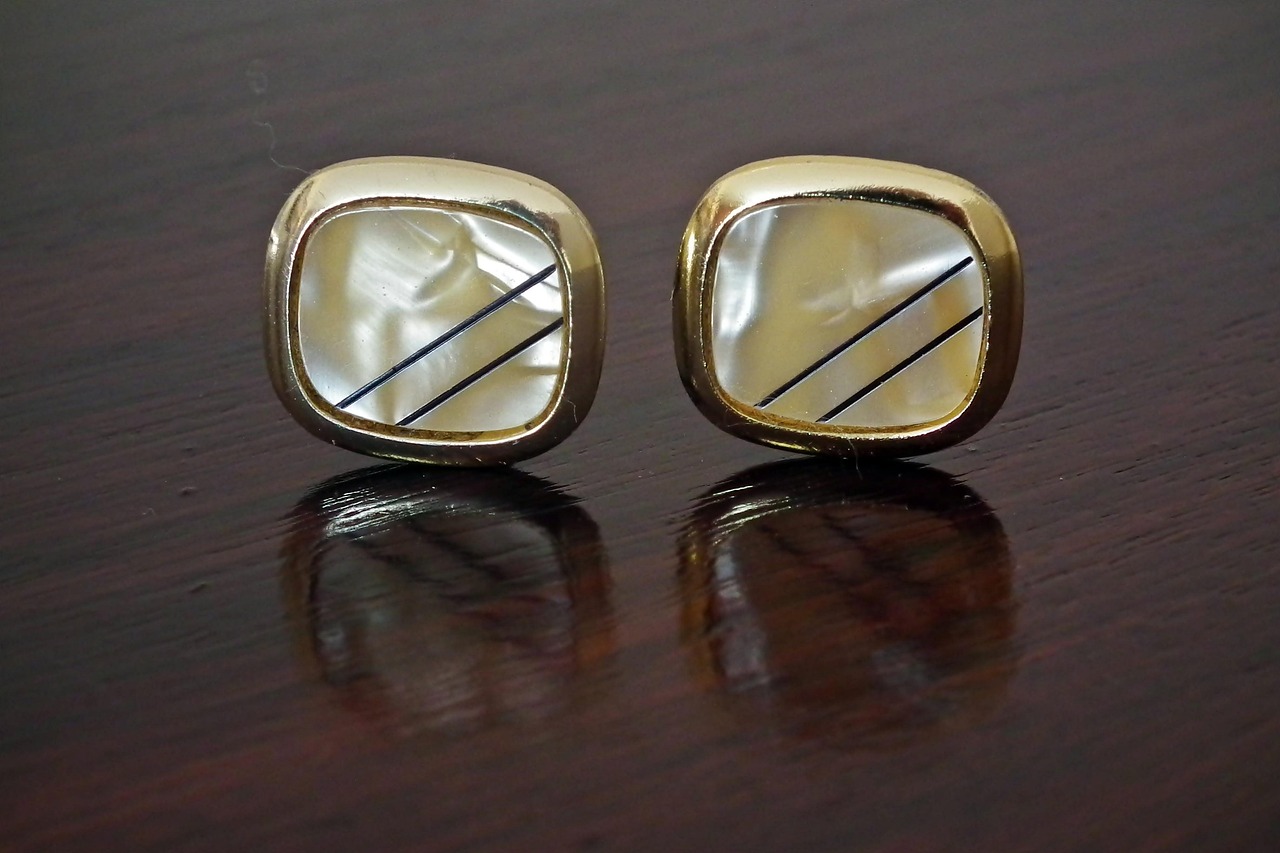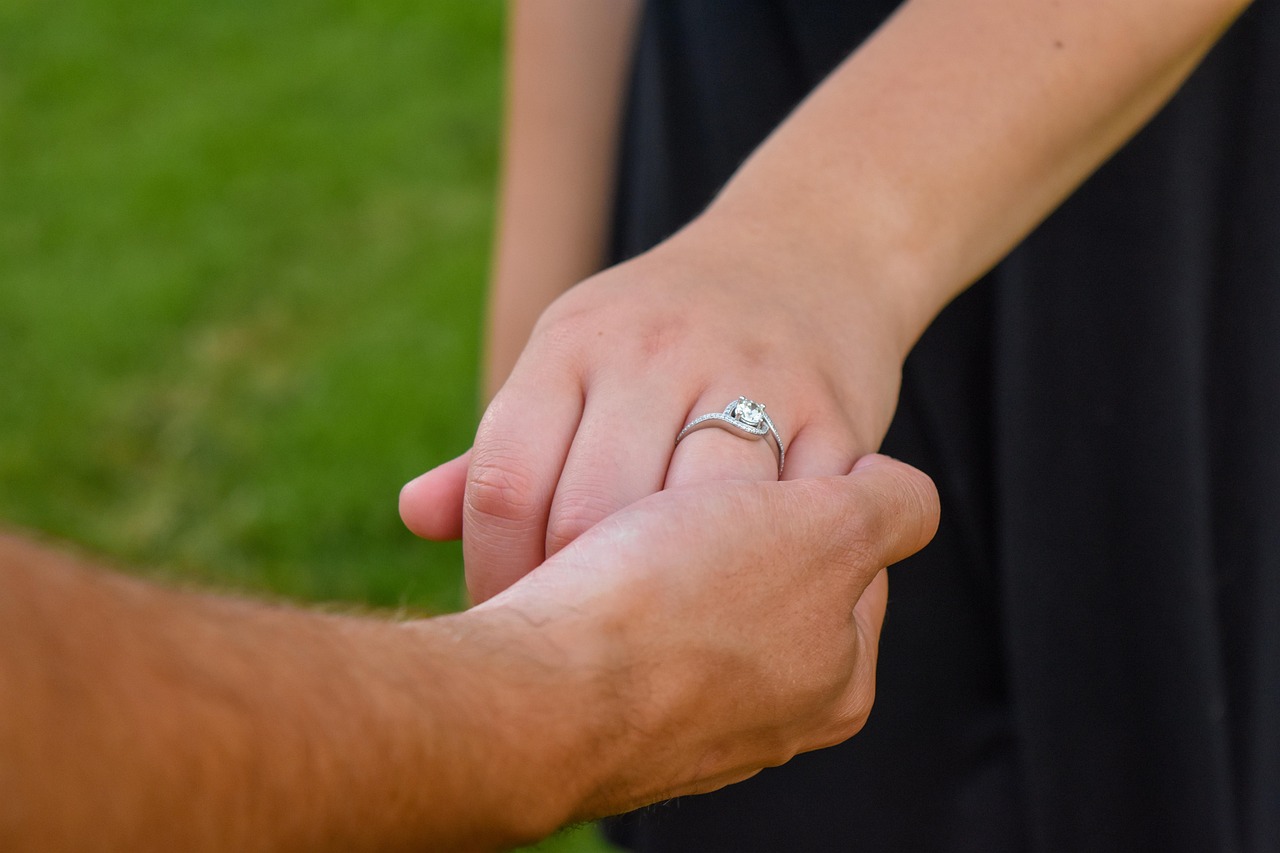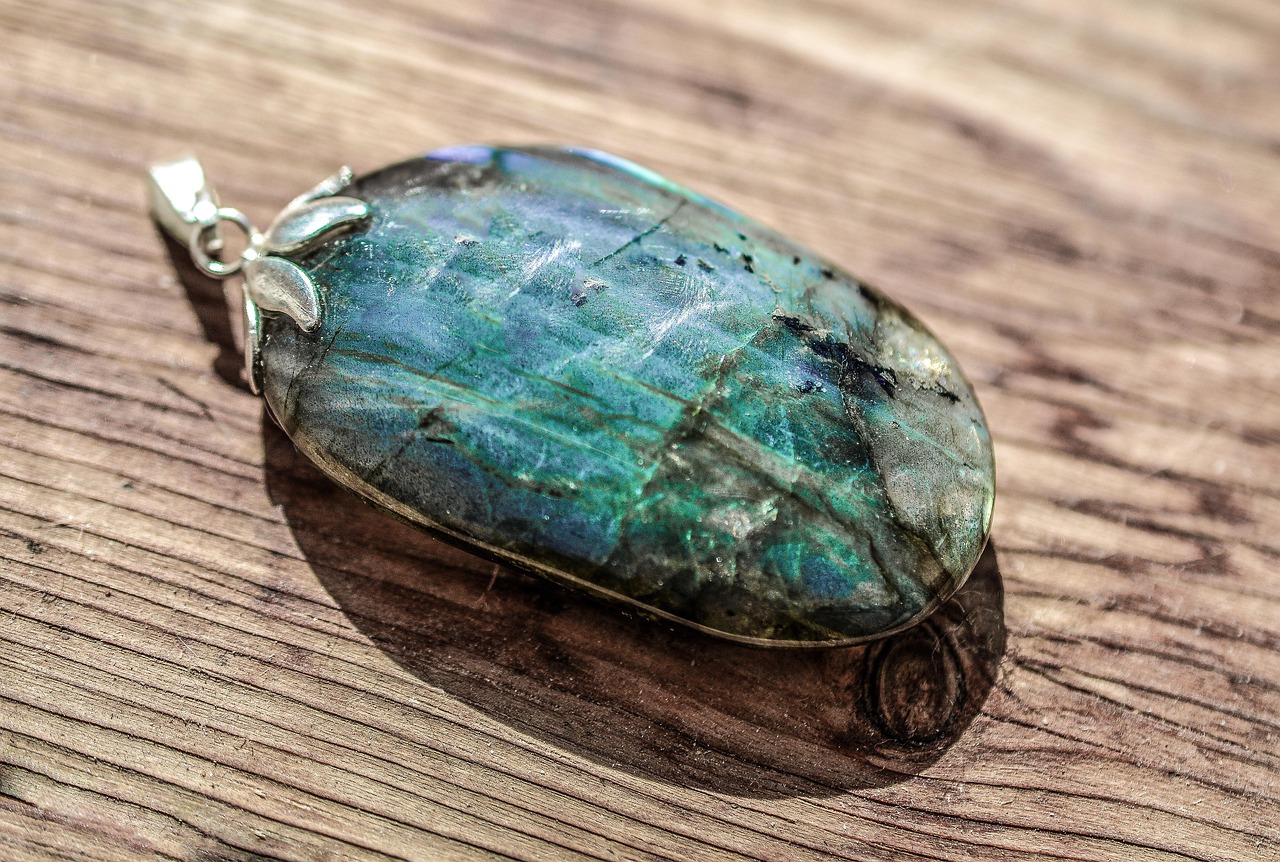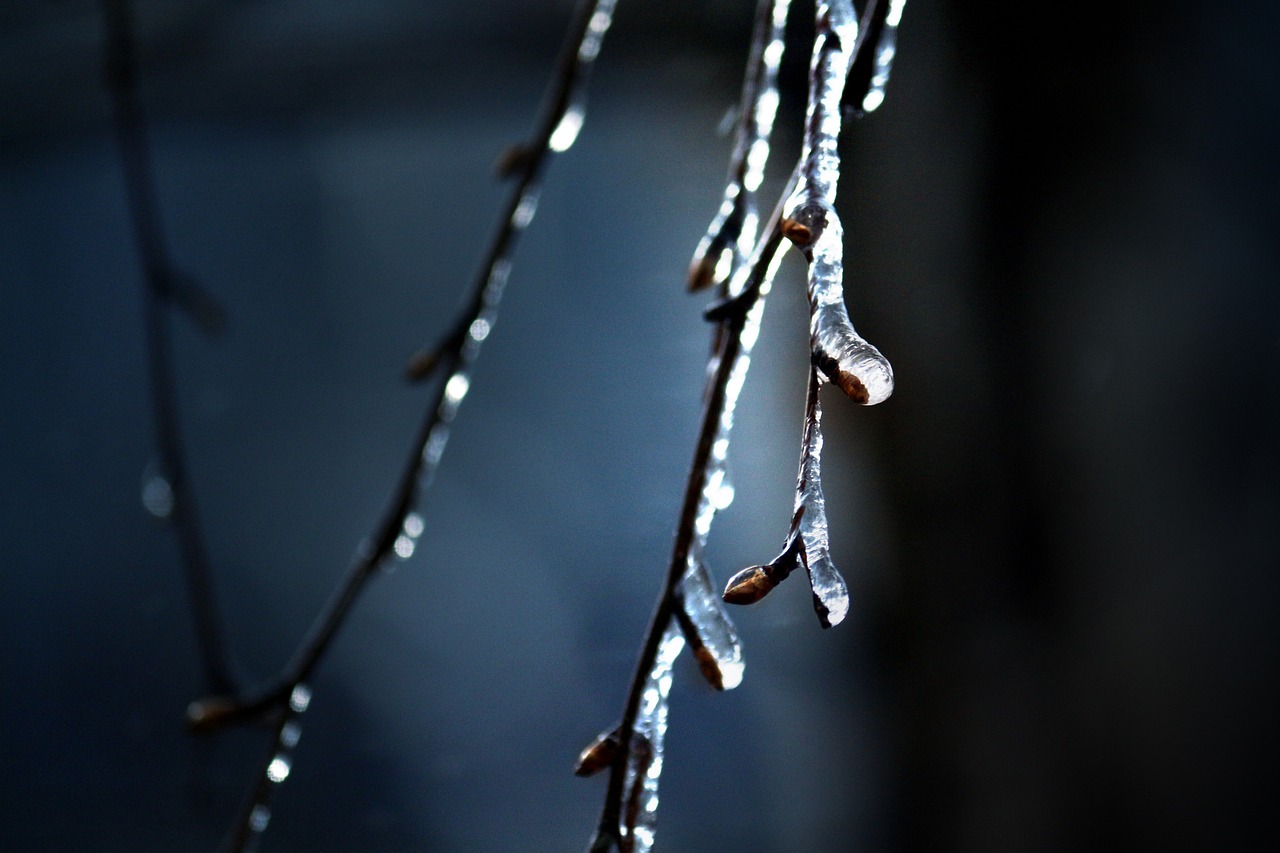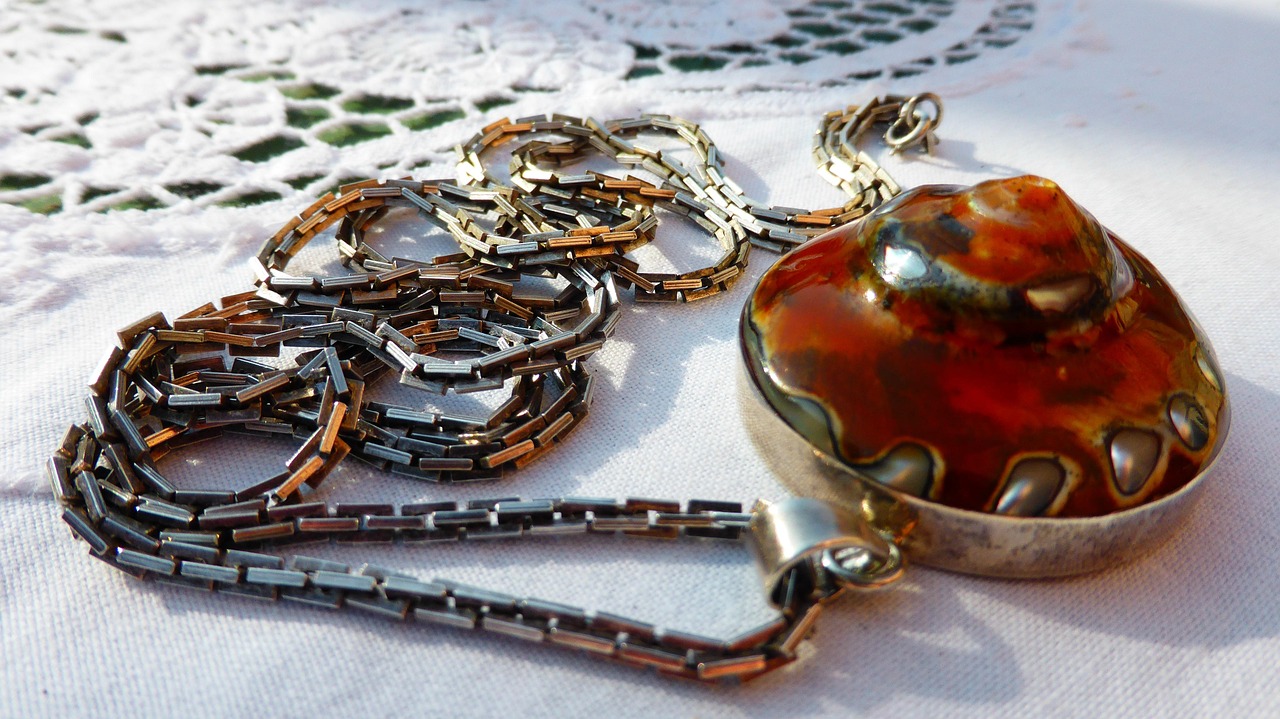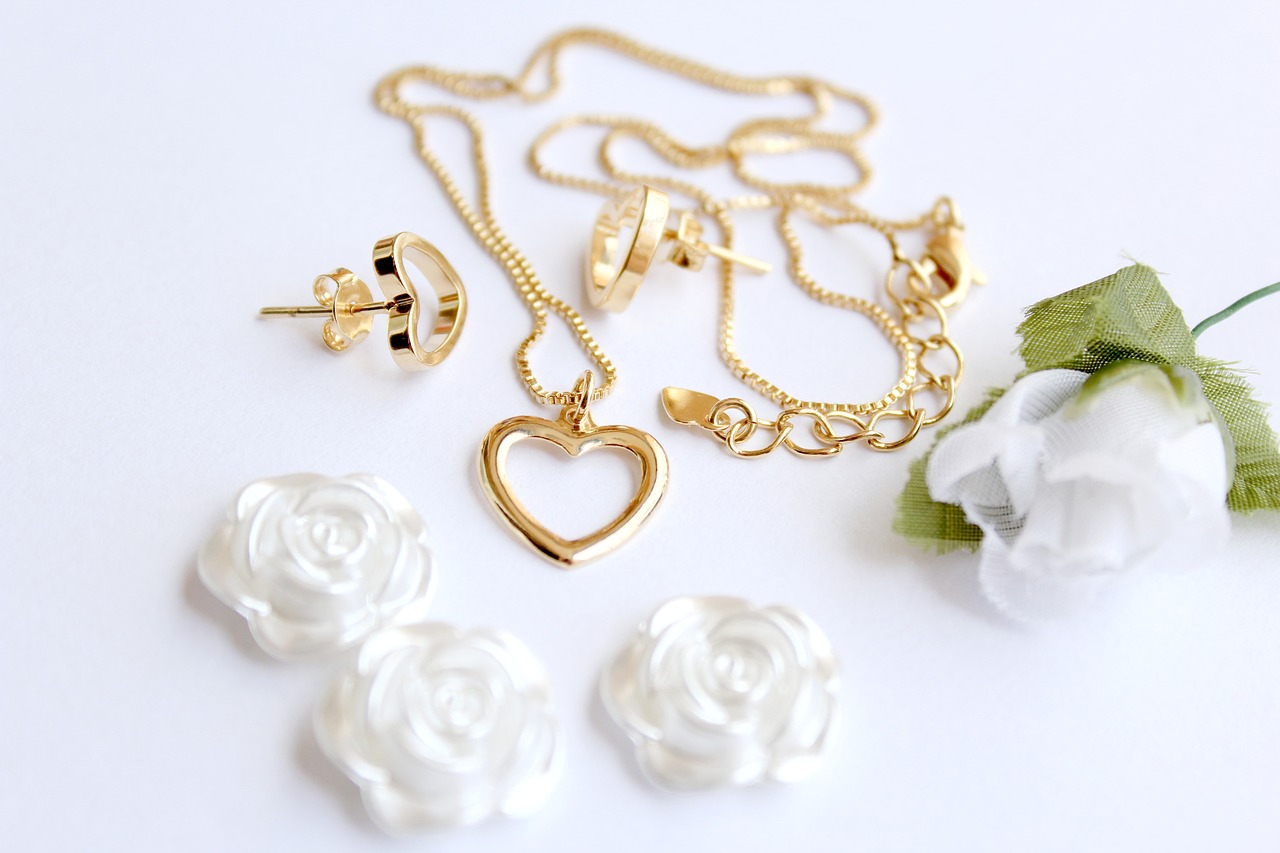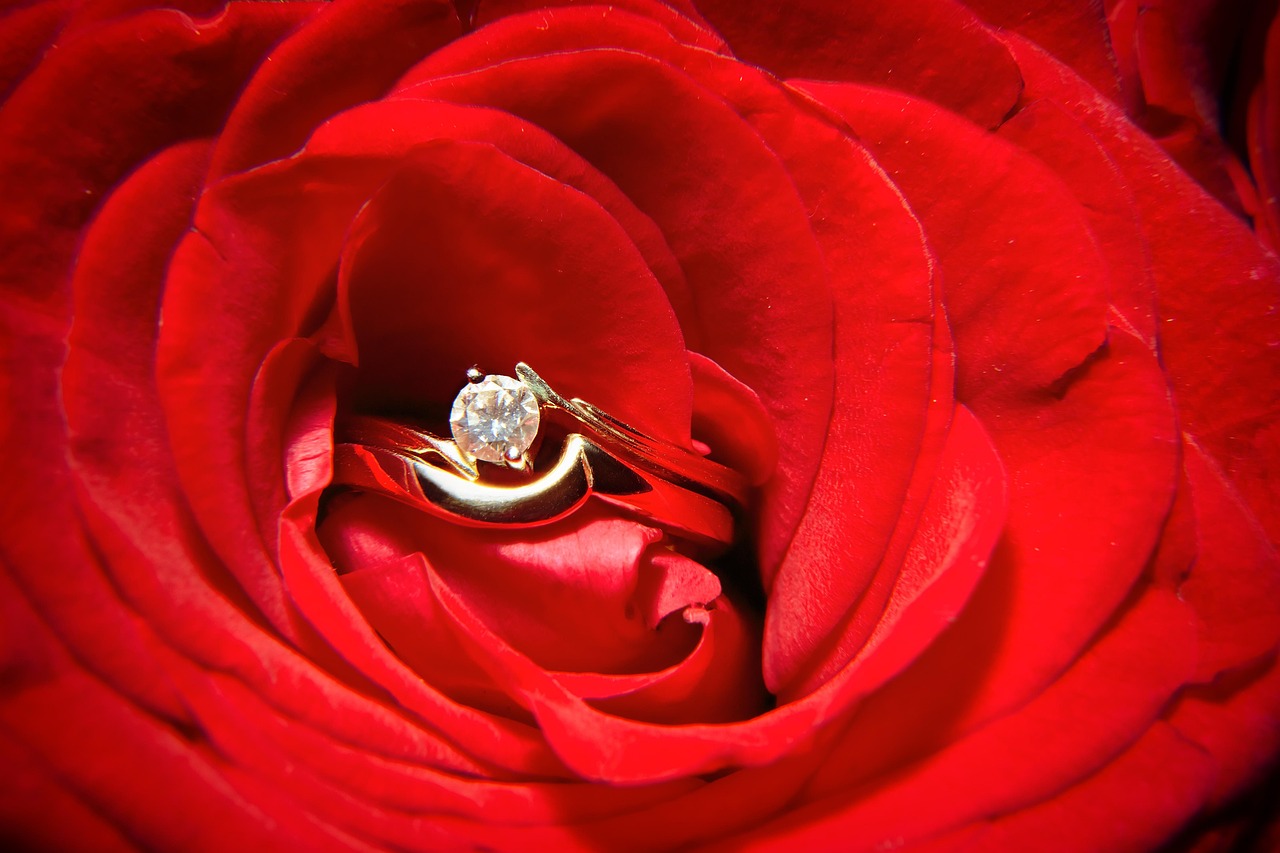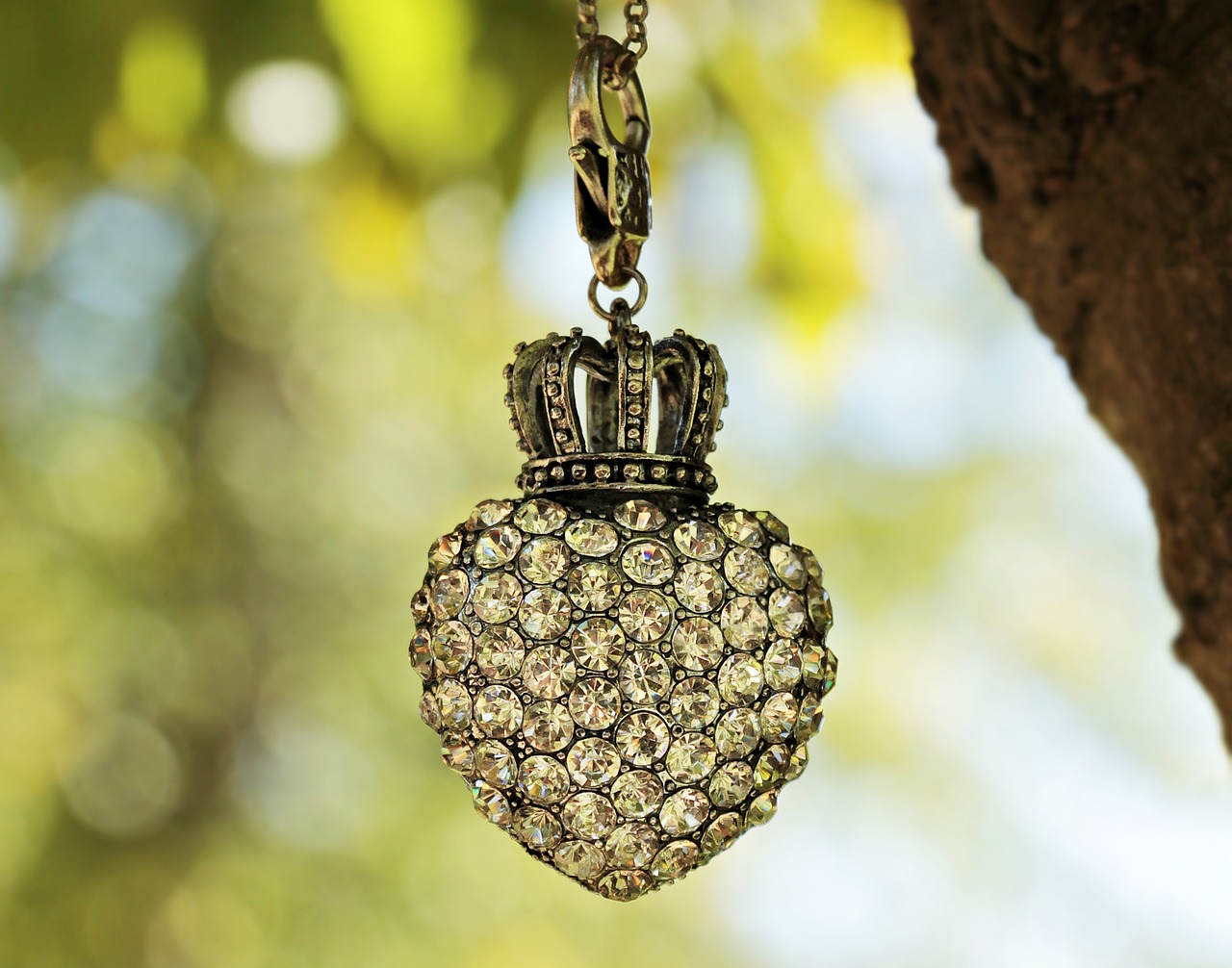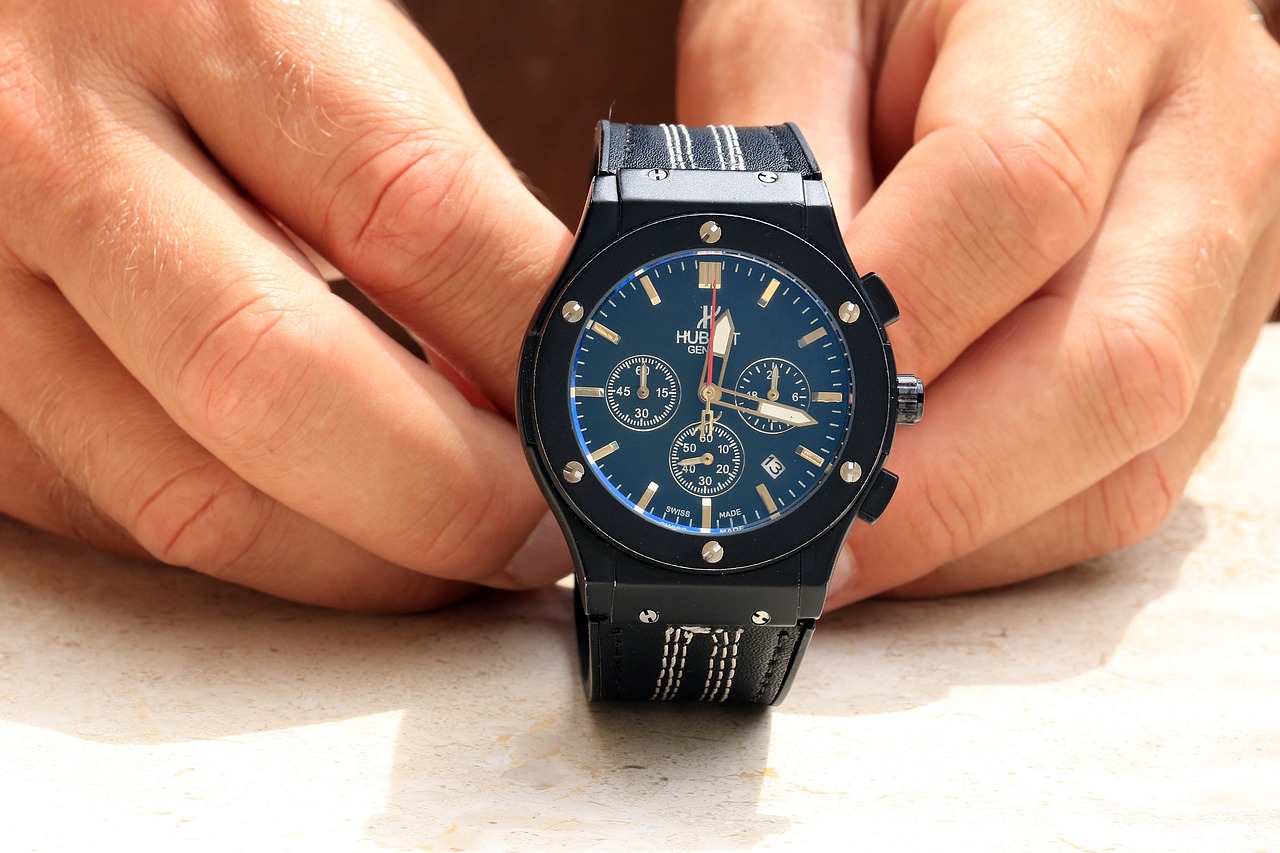Antique and vintage jewelry holds not only aesthetic value but also significant historical importance. To ensure that these cherished pieces retain their beauty and longevity, it is crucial to understand the proper cleaning and maintenance techniques. This article provides essential tips and techniques for cleaning and maintaining antique and vintage jewelry, ensuring its beauty and longevity while preserving its historical value.
Regular cleaning of antique jewelry is vital for maintaining its aesthetic appeal and preventing potential damage. Dirt, oils, and residues can accumulate over time, causing deterioration. By understanding the significance of cleaning, you can preserve the integrity of materials and enhance the piece’s historical value.
Antique jewelry is often crafted from a variety of materials, including:
- Gold
- Silver
- Gemstones
- Pearls
Knowing these materials is crucial for selecting appropriate cleaning methods that won’t cause damage.
Gold and silver jewelry requires specific care techniques to prevent tarnishing and scratching. Regular polishing and gentle cleaning methods can help maintain their luster and shine.
Polishing gold jewelry involves using a soft cloth and a specialized cleaner. This method removes tarnish without scratching the surface, keeping the piece looking new. Always choose a cleaner that is safe for the specific karat of gold.
Cleaning silver jewelry typically requires a silver polish or a homemade solution. A mixture of baking soda and water can effectively remove tarnish while ensuring the metal remains unharmed. Apply the solution gently with a soft cloth, and rinse thoroughly.
Different gemstones require tailored cleaning techniques to avoid damage. Understanding the hardness and sensitivity of each stone is essential for proper maintenance. For example, softer stones like opals should be cleaned with a damp cloth, while harder stones like diamonds can withstand more vigorous cleaning methods.
Proper storage is vital for preserving antique jewelry. Techniques such as using anti-tarnish pouches and keeping pieces separated can prevent scratches and tarnishing.
Anti-tarnish solutions can be beneficial for silver and other metals prone to tarnishing. These solutions help maintain the jewelry’s appearance over time and can be found in various forms, including cloths and pouches.
Storing antique jewelry in a cool, dry place away from sunlight reduces the risk of damage. A jewelry box lined with soft fabric can also provide additional protection, preventing scratches and dust accumulation.
Determining the frequency of cleaning depends on usage and environmental factors. Regular inspections and cleanings can prevent buildup and maintain the jewelry’s condition.
Recognizing signs such as dullness or discoloration can indicate that your jewelry requires cleaning. Regular checks ensure that pieces remain in optimal condition and preserve their beauty.
Deciding between professional cleaning and DIY methods depends on the piece’s value and condition. For highly valuable or delicate items, seeking professional help can prevent costly damage. Always weigh the risks and benefits before proceeding with DIY cleaning.
Avoiding common mistakes, such as using harsh chemicals or abrasive materials, is crucial for preserving antique jewelry. Knowledge of proper techniques can prevent irreversible damage.
Harsh chemicals can erode delicate materials. Opting for gentle, pH-balanced cleaners is essential for maintaining the integrity of antique pieces. Always test a small area first if unsure.
Failing to perform regular maintenance can lead to irreversible damage. Establishing a routine cleaning schedule can help preserve the beauty and value of your jewelry, ensuring it remains a treasured possession for years to come.
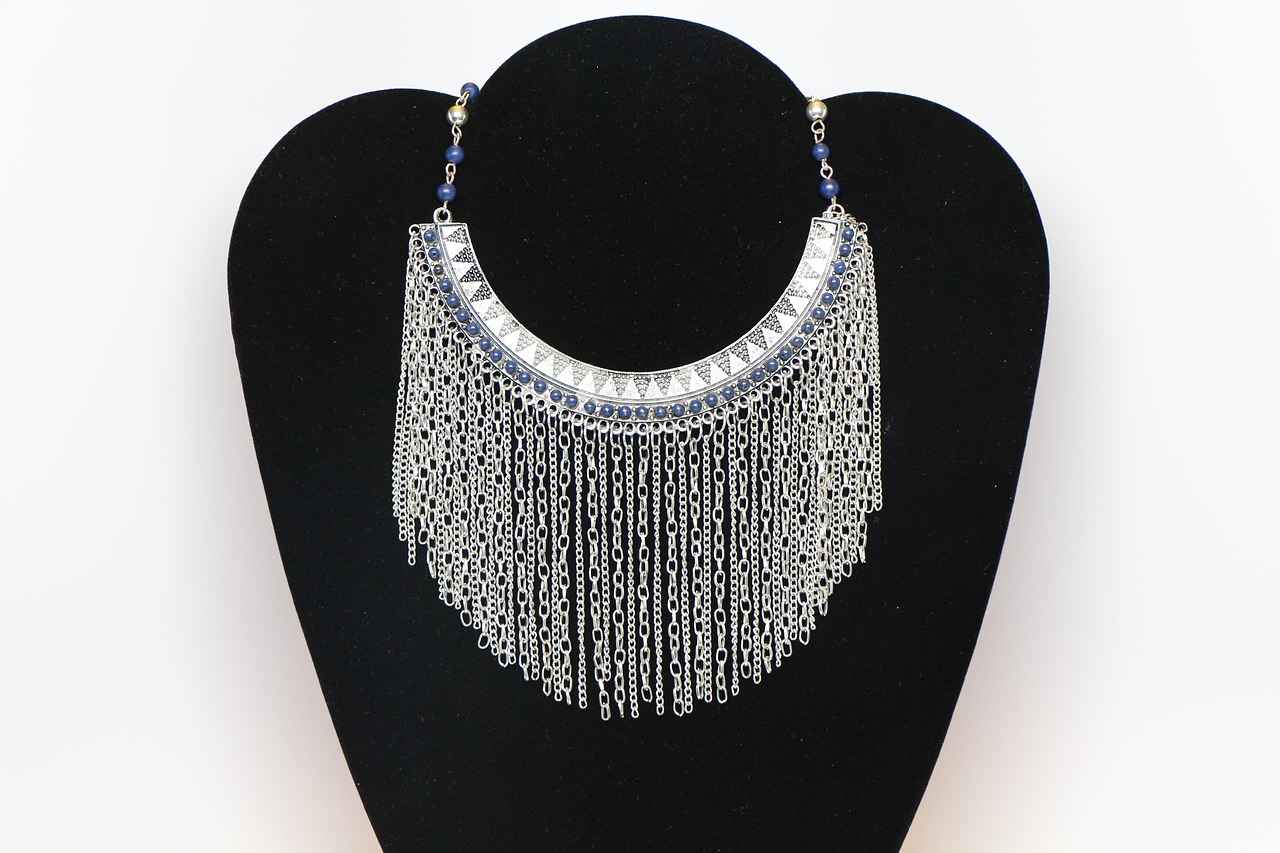
Why Is Cleaning Antique Jewelry Important?
Cleaning antique jewelry is not merely a matter of aesthetics; it is a crucial aspect of preserving the history and craftsmanship embedded within each piece. Over time, dirt, oils from skin, and environmental factors can tarnish and dull the surfaces of these precious items, diminishing their beauty and value. Therefore, understanding the importance of cleaning antique jewelry is essential for any collector or enthusiast.
Understanding the significance of cleaning antique jewelry helps maintain its aesthetic appeal and prevents potential damage. Regular cleaning not only preserves the integrity of materials but also enhances the piece’s historical value. Each piece of antique jewelry tells a story, and keeping it in pristine condition allows future generations to appreciate its beauty and history.
Antique jewelry is often made from a variety of materials, including gold, silver, gemstones, and pearls. Each of these materials requires specific care to avoid damage. For instance, gold jewelry can tarnish and lose its shine if not cleaned regularly, while pearls can be particularly sensitive to harsh chemicals.
Regular cleaning helps remove dirt and oils that accumulate over time, ensuring that the jewelry remains visually appealing. Moreover, neglecting to clean these pieces can lead to irreversible damage, such as corrosion or stone loss. A well-maintained piece not only looks better but also retains its value in the market.
Furthermore, cleaning antique jewelry can enhance its historical significance. Many antique pieces come with stories or connections to certain historical events or figures. By maintaining these pieces, collectors can ensure that the stories they tell remain vibrant and intact.
In addition to aesthetic and historical reasons, cleaning can also prevent the buildup of grime that could lead to more significant issues down the line. For example, dirt trapped in the settings of gemstones can cause them to loosen or even fall out. Regularly inspecting and cleaning your jewelry can help identify potential problems before they escalate.
Finally, cleaning antique jewelry can be a rewarding experience. Engaging with each piece allows collectors to appreciate the craftsmanship and artistry involved in its creation. This personal connection can deepen one’s appreciation for the item, making the act of cleaning not just a chore, but a meaningful ritual.
In summary, the importance of cleaning antique jewelry cannot be overstated. It is vital for maintaining aesthetic appeal, preventing damage, preserving historical value, and enhancing personal connections to each piece. By adopting a regular cleaning routine, collectors can ensure that their antique jewelry remains as beautiful and significant as the day it was made.
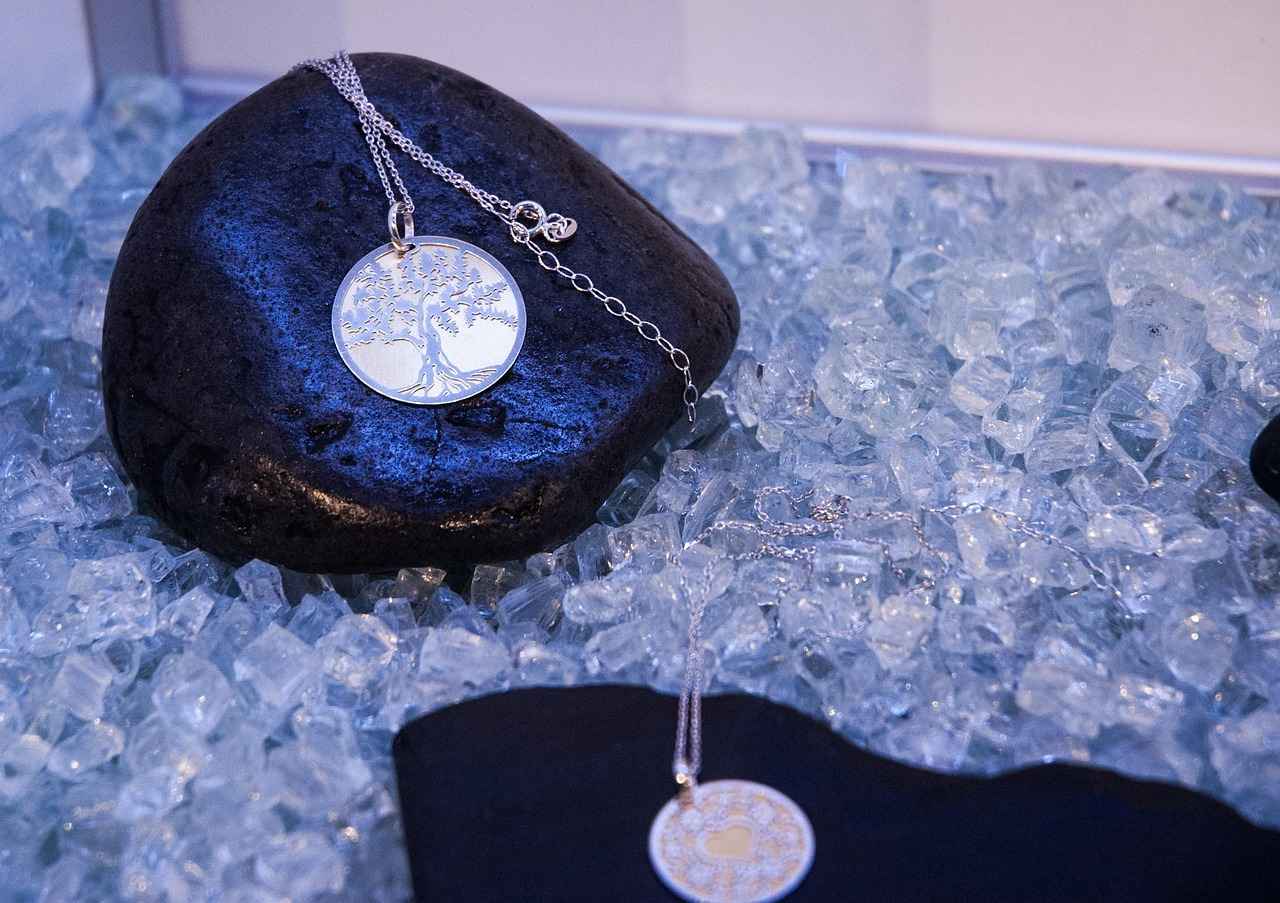
What Materials Are Commonly Used in Antique Jewelry?
Antique jewelry holds a unique charm and historical significance, making it a treasured addition to any collection. Understanding the materials used in these pieces is essential for proper care and maintenance, ensuring their longevity and beauty. This article delves into the common materials found in antique jewelry, providing insights on how to care for them effectively.
Antique jewelry is crafted from a variety of materials, each with distinct characteristics and care requirements. The most prevalent materials include:
- Gold: Known for its durability and resistance to tarnish, gold is a popular choice in antique jewelry. It is often alloyed with other metals to enhance its strength and alter its color. The purity of gold is measured in karats, with 24k being the purest form.
- Silver: Silver is another common material, celebrated for its lustrous appearance. However, it is prone to tarnishing, which necessitates regular cleaning to maintain its shine. Sterling silver, composed of 92.5% silver and 7.5% other metals, is frequently used in antique pieces.
- Gemstones: Antique jewelry often features a range of gemstones, including diamonds, sapphires, rubies, and emeralds. Each gemstone has unique properties, requiring specific cleaning methods to avoid damage. For example, softer stones like opals and pearls need gentle handling to prevent scratching or chipping.
- Pearls: Pearls are organic gems that require special care. They are sensitive to chemicals and should be cleaned with a soft, damp cloth. Storing pearls separately from other jewelry is essential to avoid scratches.
Understanding the materials used in antique jewelry is crucial for several reasons:
- Appropriate Cleaning Methods: Different materials require different cleaning techniques. For instance, while gold can be polished with a soft cloth, silver may need a specialized cleaner to remove tarnish without damage.
- Preservation of Value: Antique jewelry often has significant historical and monetary value. Proper care helps maintain its condition, ensuring that it retains its worth over time.
- Aesthetic Appeal: Regular maintenance enhances the beauty of antique pieces. Dull or tarnished jewelry can detract from its visual appeal, making it less enjoyable to wear or display.
Each material in antique jewelry has its own care requirements:
- Gold: Use a soft cloth for polishing and avoid harsh chemicals. A gentle soap solution can be used for cleaning, rinsing thoroughly afterward.
- Silver: Apply silver polish or a homemade mixture of baking soda and water to remove tarnish. Rinse and dry immediately to prevent future tarnishing.
- Gemstones: Always check the hardness of the gemstone before cleaning. Use a soft brush and mild soap for most stones, but avoid soaking softer stones in water.
- Pearls: Wipe pearls gently with a damp cloth after wearing to remove oils and dirt. Store them in a soft pouch to prevent scratches.
Knowing the materials used in antique jewelry and how to care for them is essential for preserving their beauty and value. By following the appropriate cleaning and maintenance techniques, you can ensure that your antique pieces remain stunning for generations to come.
Gold and Silver Jewelry Care
Gold and silver jewelry are cherished for their beauty and timeless appeal. However, these precious metals require specific care techniques to prevent tarnishing and scratching. Understanding how to properly maintain your gold and silver jewelry can significantly enhance their luster and longevity.
Gold and silver jewelry, while durable, can be susceptible to damage without the right care. Regular maintenance not only preserves the aesthetic appeal of these pieces but also protects their intrinsic value. Over time, exposure to air, moisture, and skin oils can lead to tarnishing, making it crucial to adopt effective cleaning and storage practices.
Preventing tarnish is key to maintaining the beauty of your jewelry. Here are some effective strategies:
- Avoid Humidity: Store your jewelry in a cool, dry place to minimize exposure to moisture.
- Use Anti-Tarnish Products: Consider using anti-tarnish pouches or cloths to shield your jewelry from tarnishing agents.
- Limit Exposure to Chemicals: Keep your jewelry away from harsh chemicals found in household cleaners, perfumes, and lotions.
Cleaning gold jewelry is a straightforward process. Here’s how:
- Gather Materials: You’ll need a soft cloth, mild dish soap, and warm water.
- Prepare the Cleaning Solution: Mix a few drops of mild dish soap with warm water.
- Gently Clean: Soak the jewelry for a few minutes, then use a soft cloth to gently wipe away dirt and tarnish.
- Rinse and Dry: Rinse the jewelry under cool water and dry it thoroughly with a soft cloth.
Silver jewelry requires a bit more attention due to its tendency to tarnish. Follow these steps for effective cleaning:
- Use Silver Polish: Invest in a quality silver polish specifically designed for jewelry.
- Homemade Solutions: Alternatively, create a paste using baking soda and water to gently scrub tarnished areas.
- Soft Cloth Application: Apply polish or the baking soda paste with a soft cloth, using gentle circular motions.
- Rinse and Buff: Rinse with cool water and buff with a clean, dry cloth to restore shine.
While DIY methods are effective, there are times when professional cleaning is advisable:
- For Heavily Tarnished Pieces: If your jewelry is significantly tarnished or damaged, professional cleaning can restore it without risk of further damage.
- For Intricate Designs: Jewelry with intricate designs or set stones may require expert handling to avoid damage during cleaning.
Proper storage is essential for preventing damage. Here are some best practices:
- Separate Storage: Store each piece separately to prevent scratching and tangling.
- Use Soft Linings: Use jewelry boxes with soft fabric linings to cushion your pieces.
- Keep Away from Sunlight: Store jewelry in a dark place to prevent discoloration from sunlight exposure.
By following these care techniques, you can ensure that your gold and silver jewelry remains as stunning as the day you acquired it. Regular maintenance not only preserves the beauty of these pieces but also enhances their historical and sentimental value.
How to Polish Gold Jewelry
Polishing gold jewelry is an essential practice for anyone who wishes to maintain the beauty and value of their cherished pieces. Over time, even the most exquisite gold jewelry can accumulate tarnish and dullness, which can detract from its overall appearance. In this guide, we will explore effective methods for polishing gold jewelry, ensuring that it remains radiant and free from scratches.
To achieve the best results when polishing gold jewelry, it is crucial to use the right tools and techniques. The most recommended method involves the use of a soft, lint-free cloth and a specialized gold cleaner. These items work together to gently remove tarnish and restore shine without damaging the surface of the jewelry.
- Gather Your Supplies: Before you start, ensure you have a soft cloth, a mild gold cleaner, and a bowl of lukewarm water.
- Prepare the Jewelry: If your gold jewelry has any gemstones, check that they are securely set. Remove any dirt or debris by rinsing the piece in lukewarm water.
- Apply the Cleaner: Dampen the soft cloth with the specialized cleaner. Avoid using too much liquid, as this can make the cleaning process messy.
- Gently Polish the Jewelry: Using the damp cloth, gently rub the surface of the gold jewelry in circular motions. This technique helps lift tarnish while minimizing the risk of scratching.
- Rinse and Dry: After polishing, rinse the jewelry under lukewarm water to remove any cleaner residue. Pat it dry with a clean, dry cloth.
Regular polishing not only enhances the appearance of your gold jewelry but also helps to preserve its value. Over time, dirt and tarnish can accumulate, leading to potential damage if left unattended. By incorporating polishing into your routine, you can ensure that your jewelry remains in excellent condition.
While polishing gold jewelry, it is essential to avoid certain practices that can cause harm. Here are some common mistakes to steer clear of:
- Avoid Abrasive Materials: Using rough cloths or sponges can scratch the surface of gold, diminishing its shine.
- Skip Harsh Chemicals: Never use bleach or other harsh cleaning agents, as these can erode the gold and damage its finish.
- Don’t Overdo It: Polishing too frequently can lead to wear over time. Aim to polish your jewelry every few months, or as needed.
If your gold jewelry is heavily tarnished or features intricate designs, it may be best to consult a professional jeweler. They possess specialized tools and expertise to restore your jewelry without risking damage.
In summary, polishing gold jewelry is a straightforward yet vital process that can significantly enhance its beauty and longevity. By following the steps outlined above and being mindful of common pitfalls, you can keep your gold pieces looking their best for years to come.
How to Clean Silver Jewelry
Cleaning silver jewelry is essential for maintaining its beauty and shine. Over time, silver can tarnish due to exposure to air and moisture, leading to a dull appearance. Fortunately, there are effective methods for cleaning silver that can restore its luster without damaging the metal.
Regular cleaning of silver jewelry not only enhances its aesthetic appeal but also prevents long-term damage. Tarnish, if left untreated, can lead to corrosion and pitting of the metal. By implementing a routine cleaning schedule, you can ensure your silver pieces remain in pristine condition.
There are various methods to clean silver jewelry, ranging from commercial silver polish to homemade solutions. Each method has its own advantages, and the choice often depends on personal preference and the severity of tarnish.
Commercial silver polishes are specifically designed for cleaning silver. These products typically come in a cream or liquid form and contain chemicals that effectively remove tarnish. To use:
- Apply a small amount of polish to a soft cloth.
- Gently rub the cloth over the tarnished areas of the jewelry.
- Rinse with warm water and dry thoroughly with a clean cloth.
If you prefer a more natural approach, several homemade solutions can effectively clean silver jewelry:
- Baking Soda Paste: Mix baking soda with water to create a paste. Apply it to the tarnished areas using a soft cloth, then rinse and dry.
- Vinegar and Baking Soda: Soak your silver jewelry in a mixture of vinegar and baking soda for about two to three hours. Rinse and dry thoroughly.
- Lemon Juice and Olive Oil: Combine lemon juice and olive oil in a 1:2 ratio. Use a soft cloth to apply the mixture, then rinse and dry.
Preventing tarnish is just as important as cleaning. Here are some effective strategies:
- Store Properly: Keep silver jewelry in a cool, dry place, preferably in an anti-tarnish pouch or cloth.
- Avoid Exposure: Limit exposure to moisture, perfumes, and harsh chemicals, which can accelerate tarnishing.
- Regular Wear: Wearing silver jewelry regularly can help keep it shiny, as the friction helps prevent tarnish buildup.
While DIY methods are effective for routine maintenance, certain situations may warrant professional cleaning. If your silver jewelry has intricate designs, embedded stones, or significant tarnish buildup, it is advisable to consult a professional jeweler. They have specialized tools and techniques to clean your pieces safely and effectively.
Cleaning silver jewelry is a straightforward process that can significantly enhance its appearance and longevity. By utilizing the right methods and taking preventive measures, you can keep your silver pieces looking beautiful for years to come. Whether you choose commercial products or homemade solutions, regular care is key to maintaining the charm of your treasured jewelry.
Gemstone Cleaning Techniques
are essential for preserving the beauty and integrity of your jewelry. Each gemstone has its own unique properties, which means that different cleaning methods are required to avoid damage. Understanding the hardness and sensitivity of each stone is crucial for proper maintenance.
Regular cleaning of gemstones not only enhances their appearance but also helps in maintaining their structural integrity. Over time, dirt and oils can accumulate, dulling the stone’s brilliance. Additionally, proper cleaning can prevent long-term damage, ensuring that your precious pieces remain stunning for generations.
The Mohs scale of mineral hardness is a useful tool for determining how to clean different gemstones. For instance, diamonds score a 10 on this scale, making them extremely hard and resistant to scratching, while softer stones like opal score only a 5. This knowledge is vital when selecting cleaning methods.
- Diamonds: Clean with warm, soapy water and a soft brush. Avoid harsh chemicals that can dull their shine.
- Emeralds: These stones are softer and often treated with oil. Use a damp cloth for cleaning, avoiding ultrasonic cleaners.
- Sapphires: These are durable and can be cleaned with mild soap and water. A soft brush can help remove any buildup.
- Opals: Clean gently with a damp cloth. Avoid soaking in water or using harsh detergents, as they can damage the stone.
- Pearls: Wipe with a soft cloth after each wear to remove oils and dirt. Clean with a mild soap solution if needed, but avoid submerging them in water.
When cleaning gemstones, consider the following tips:
- Test First: Always test your cleaning method on a small, inconspicuous area first.
- Use Soft Materials: Opt for soft brushes or cloths to avoid scratching the surface of the stones.
- Rinse Thoroughly: Ensure all cleaning solutions are completely rinsed off to prevent residue buildup.
If you are unsure about the best cleaning method for your gemstone jewelry, or if it requires repair, it is wise to consult a professional jeweler. They have the expertise to handle delicate stones and can provide specialized cleaning services that ensure the safety of your jewelry.
Proper care and cleaning of gemstones are vital for maintaining their beauty and longevity. By understanding the specific needs of each type of gemstone, you can effectively preserve their charm. Regular inspections and gentle cleaning will go a long way in ensuring your antique and vintage jewelry remains a treasured part of your collection.
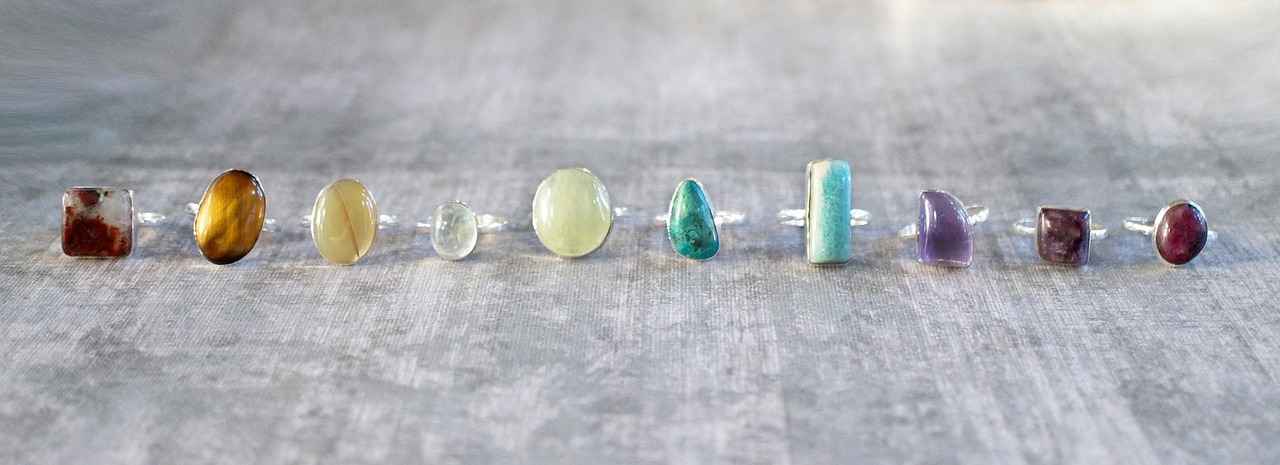
What Are the Best Practices for Storing Antique Jewelry?
Storing antique jewelry properly is crucial for maintaining its beauty and longevity. Antique pieces often carry significant historical and sentimental value, making their preservation a priority for collectors and enthusiasts alike. In this section, we will explore the best practices for storing antique jewelry, ensuring that each piece remains in pristine condition for years to come.
Proper storage is essential to prevent damage from environmental factors, such as moisture and light, which can lead to tarnishing, fading, or deterioration. Additionally, storing pieces correctly helps avoid physical damage, such as scratches or breaks, that can occur when items are left unprotected.
- Use Anti-Tarnish Pouches: These pouches are designed to absorb moisture and prevent tarnishing, especially for silver and other metals prone to oxidation. Placing your antique jewelry in these pouches can significantly extend its life.
- Separate Pieces: Keeping jewelry items separated is vital to avoid scratches and tangling. Use individual compartments in a jewelry box or small soft pouches to house each piece.
- Avoid Plastic Containers: While plastic may seem like a convenient option, it can trap moisture and lead to tarnishing. Instead, opt for fabric-lined boxes or wooden cases that allow for air circulation.
- Store in a Cool, Dry Place: High humidity and extreme temperatures can damage antique jewelry. A climate-controlled environment is ideal, so avoid areas like bathrooms or attics that experience temperature fluctuations.
- Utilize Soft Linings: When storing jewelry in boxes, ensure they are lined with soft materials such as velvet or silk. This prevents scratching and provides a cushioned environment for delicate pieces.
Organizing your antique jewelry can enhance your storage method. Consider the following tips:
- Sort by Type: Group similar items together, such as necklaces, earrings, and bracelets. This makes it easier to find what you need without rummaging through everything.
- Label Storage Areas: If you have multiple boxes or compartments, labeling them can save time and prevent accidental damage when searching for specific pieces.
- Document Your Collection: Keep a record of your antique jewelry, including details about each piece’s material, age, and any special care instructions. This documentation can be helpful for insurance purposes as well.
When storing antique jewelry, it’s equally important to know what to avoid:
- Don’t Expose to Direct Sunlight: UV rays can fade gemstones and damage certain materials. Always store jewelry in a dark place or use boxes that block light.
- Avoid Storing in Open Spaces: Leaving jewelry out in the open increases the risk of dust accumulation and accidental damage. Always keep items secured in a case or box.
- Don’t Overcrowd Storage Areas: Overcrowding can lead to scratches and tangling. Ensure there is enough space for each piece to be stored safely.
By following these best practices for storing antique jewelry, you can ensure that your cherished pieces remain protected and retain their beauty for generations to come. Proper storage not only preserves the aesthetic appeal of antique jewelry but also maintains its historical value, allowing you to enjoy and share these treasures with future generations.
Using Anti-Tarnish Solutions
When it comes to preserving the beauty of jewelry, especially antique and vintage pieces, anti-tarnish solutions play a crucial role. These solutions are specifically designed to combat the tarnishing of metals such as silver, which is particularly prone to oxidation and discoloration over time. By utilizing these solutions, jewelry owners can maintain the luster and shine of their precious items, ensuring they remain stunning for years to come.
Anti-tarnish solutions are chemical formulations that create a protective barrier on the surface of metals. This barrier inhibits the reactions between the metal and environmental factors that lead to tarnishing. Commonly used in the care of silver, these solutions can also be effective for other metals, including brass and copper. Some solutions are available in liquid form, while others come as wipes or sprays, making them versatile for different cleaning preferences.
Silver jewelry, while beautiful, can tarnish quickly due to exposure to air, moisture, and even skin oils. The use of anti-tarnish solutions can significantly reduce the frequency of cleaning required. By applying these solutions regularly, you can:
- Extend the lifespan of your jewelry.
- Reduce the need for frequent polishing, which can wear down the metal over time.
- Maintain the original beauty of the piece, preserving its historical and monetary value.
Applying anti-tarnish solutions is simple and can be done at home. Here are some steps to follow:
- Clean the Jewelry: Before applying the solution, ensure the jewelry is clean. Use a mild soap and water solution, followed by thorough drying.
- Apply the Solution: Depending on the product, either wipe the solution onto the jewelry using a soft cloth or spray it directly onto the surface.
- Let It Dry: Allow the solution to dry completely before storing the jewelry. This helps form a protective layer.
After applying anti-tarnish solutions, proper storage is essential. Consider the following tips:
- Store jewelry in a cool, dry place to minimize exposure to moisture.
- Use anti-tarnish pouches or cloths to wrap individual pieces, providing an extra layer of protection.
- Avoid storing jewelry in direct sunlight, as UV rays can accelerate tarnishing.
While anti-tarnish solutions are generally safe, it is important to choose products that are specifically designed for jewelry. Some solutions may contain harsh chemicals that can damage delicate materials. Always read the labels and, if in doubt, consult with a professional jeweler.
Incorporating anti-tarnish solutions into your jewelry care routine is a proactive step towards maintaining the beauty and integrity of your antique and vintage pieces. By understanding how these solutions work and following best practices for application and storage, you can enjoy your jewelry without the constant worry of tarnishing. Regular maintenance not only enhances the appearance of your jewelry but also preserves its historical value for future generations.
Choosing the Right Storage Environment
When it comes to preserving the beauty and integrity of antique jewelry, selecting the right storage environment is crucial. Proper storage not only protects these precious items from physical damage but also helps maintain their aesthetic appeal and historical significance. Here are some essential considerations and tips for effectively storing your antique jewelry.
Antique jewelry is often delicate and made from materials that can be easily damaged by environmental factors. Storing these pieces in unsuitable conditions can lead to issues such as tarnishing, scratches, and even breakage. By understanding the importance of proper storage, you can take proactive steps to ensure your jewelry remains in excellent condition for years to come.
To maintain the quality of your antique jewelry, it is essential to store it in a cool, dry place away from direct sunlight. Here are some specific conditions to consider:
- Temperature: Extreme temperatures can cause metals to expand or contract, potentially leading to cracks or warping.
- Humidity: High humidity levels can promote tarnishing, especially for silver pieces. Aim for a humidity level between 30-50%.
- Light Exposure: Prolonged exposure to sunlight can fade gemstones and damage certain materials. Store your jewelry in a dark place or use opaque containers.
Choosing the right containers for your antique jewelry is equally important. Here are some recommendations:
- Jewelry Boxes: Opt for a jewelry box lined with soft fabric, such as silk or velvet, to prevent scratching and provide cushioning.
- Anti-Tarnish Pouches: For silver jewelry, consider using anti-tarnish pouches that can help absorb moisture and prevent tarnishing.
- Separate Storage: Store each piece separately to avoid tangling and scratching. Use individual compartments or soft pouches for each item.
Here are some additional tips to enhance the storage of your antique jewelry:
- Regular Inspections: Periodically check your jewelry for any signs of damage or wear. Early detection can prevent further issues.
- Avoid Plastic: Avoid storing jewelry in plastic bags, as they can trap moisture and lead to tarnishing.
- Keep Away from Perfumes and Lotions: Store jewelry away from areas where perfumes or lotions are applied, as these substances can cause damage to metals and gemstones.
By following these guidelines for choosing the right storage environment, you can significantly reduce the risk of damage to your antique jewelry. Proper storage practices not only protect your valuable pieces but also ensure that they retain their beauty and historical value for generations to come.
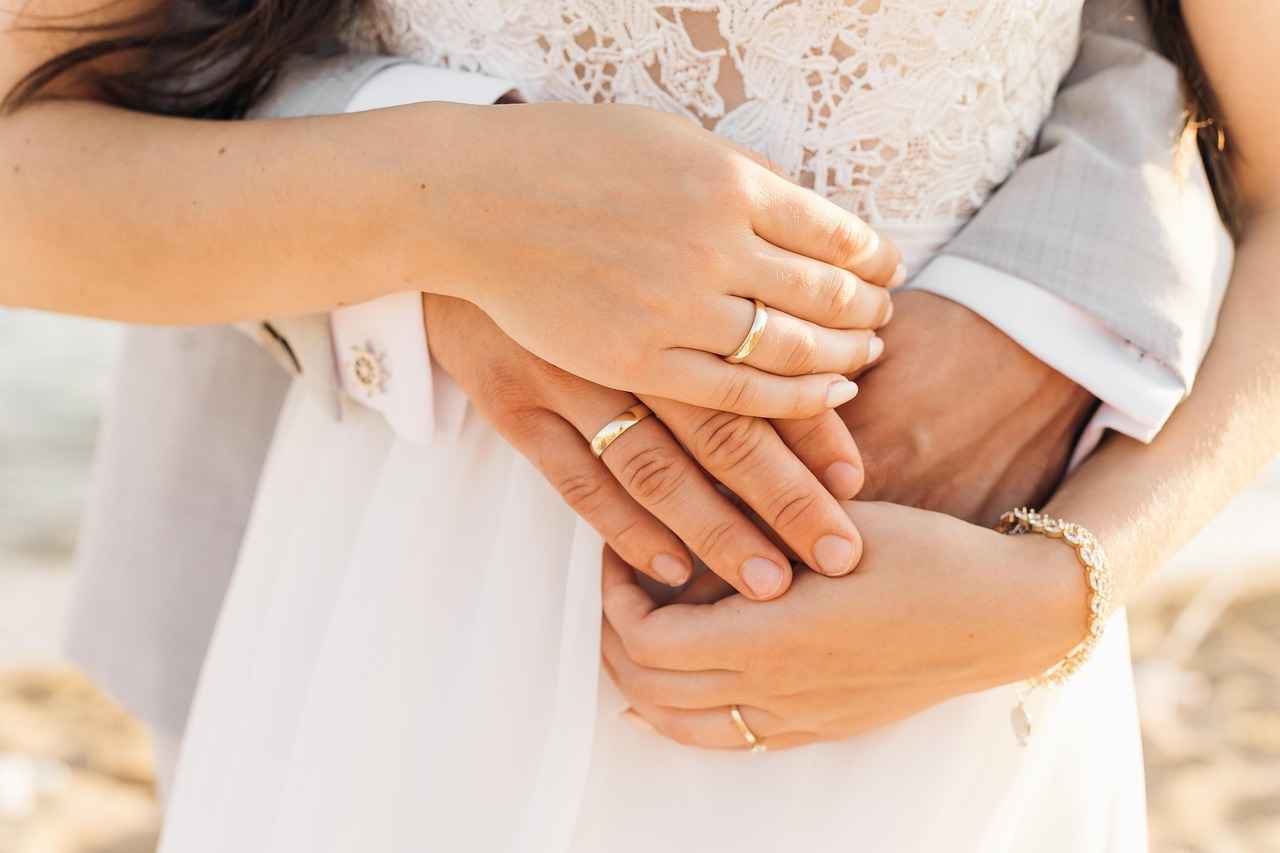
How Often Should You Clean Your Antique Jewelry?
When it comes to maintaining the beauty and integrity of your antique jewelry, understanding how often to clean your pieces is crucial. The frequency of cleaning is influenced by various factors, including usage, environmental conditions, and the materials used in the jewelry. Regular cleaning not only enhances the aesthetic appeal but also prevents potential damage over time.
Determining the right cleaning frequency for your antique jewelry can be a bit complex. Here are some key points to consider:
- Usage: If you wear your jewelry frequently, it may require cleaning every few weeks. Daily wear can lead to the accumulation of oils, dirt, and grime, which can dull the shine.
- Environmental Factors: Jewelry exposed to harsh environments, such as humid or polluted areas, may need more frequent cleanings. Regular exposure to moisture can lead to tarnishing, especially in metals like silver.
- Material Considerations: Different materials have varying cleaning needs. For example, pearls and opals are more delicate and should be cleaned less frequently compared to gold or silver.
In addition to scheduled cleanings, conducting regular inspections of your antique jewelry is essential. Look for signs of wear, such as:
- Dullness: If your jewelry appears less shiny than usual, it may be time for a cleaning.
- Discoloration: Noticeable changes in color can indicate tarnishing or buildup that needs addressing.
- Loose Stones: Check for any loose gemstones or settings that may need repair before cleaning.
When it comes to cleaning, you may wonder whether to opt for DIY methods or seek professional help. Here are some considerations:
- DIY Cleaning: For routine cleaning, gentle solutions like mild soap and water can be effective. However, be cautious with delicate materials.
- Professional Cleaning: For valuable or intricate pieces, consider professional cleaning services. Experts have the knowledge and tools to clean without causing damage.
Recognizing when your antique jewelry needs cleaning is vital. In addition to dullness and discoloration, look for:
- Increased Allergic Reactions: If you notice skin irritation when wearing a piece, it may be due to dirt buildup.
- Odor: A musty smell can indicate that organic materials, like pearls, need cleaning.
In summary, the frequency of cleaning your antique jewelry should be tailored to individual usage and environmental factors. Regular inspections and timely cleanings can help maintain the jewelry’s condition, ensuring its beauty and longevity for generations to come.
Signs Your Jewelry Needs Cleaning
Jewelry is not just an accessory; it is often a cherished keepsake that carries sentimental value. Over time, however, even the most beautiful pieces can lose their luster. Recognizing when your jewelry needs cleaning is crucial to maintaining its beauty and longevity. In this section, we will explore the , and why regular maintenance is essential.
- Dullness: One of the most noticeable signs that your jewelry requires cleaning is a lack of shine. If your once-sparkling piece looks lackluster, it’s time for a thorough clean.
- Discoloration: Changes in color can indicate a buildup of dirt, oils, or tarnish. Whether it’s a silver ring turning black or a gold necklace losing its warmth, discoloration is a clear sign of neglect.
- Visible Dirt or Grime: If you can see dirt or grime on your jewelry, it’s definitely time to clean. This is especially true for pieces that are worn frequently.
- Unpleasant Odors: Jewelry, especially those worn close to the skin, can accumulate sweat and oils, leading to an unpleasant smell. If your jewelry has a noticeable odor, it’s time for a cleaning.
- Stone Movement: If you notice any stones in your jewelry shifting or appearing loose, it’s a sign that dirt might be affecting the settings. Cleaning can help secure the stones back in place.
Conducting regular inspections of your jewelry is vital. By checking for the signs mentioned above, you can address issues before they escalate. Regular cleaning not only enhances the appearance of your pieces but also preserves their integrity. For instance, dirt and oils can cause settings to weaken over time, potentially leading to lost stones or broken pieces.
To keep your jewelry in optimal condition, consider the following practices:
- Routine Cleaning: Establish a routine cleaning schedule based on how often you wear your jewelry. For daily wear pieces, a monthly clean might be necessary, while occasional pieces can be cleaned less frequently.
- Proper Storage: Store your jewelry in a cool, dry place. Use anti-tarnish pouches or soft cloths to prevent scratches and tarnishing.
- Gentle Handling: Avoid exposing your jewelry to harsh chemicals or abrasive materials. Always handle your pieces with care to prevent damage.
While DIY cleaning methods can be effective, there are times when professional cleaning is necessary. If your jewelry is particularly valuable or has intricate designs, it’s wise to consult a professional. They have the expertise and tools to clean and restore your jewelry without causing damage.
In summary, being vigilant about the condition of your jewelry and recognizing the signs that it needs cleaning is essential for maintaining its beauty and value. Regular checks and appropriate maintenance practices will ensure that your cherished pieces remain as stunning as the day you acquired them.
Professional Cleaning vs. DIY Methods
When it comes to maintaining the beauty and integrity of antique and vintage jewelry, one of the most critical decisions is whether to opt for professional cleaning or to take a DIY approach. This choice largely hinges on the value and condition of the piece in question. Understanding the nuances of each method can help you make an informed decision that protects your treasured items.
- Value of the Piece: If your jewelry is a high-value antique, professional cleaning may be the safest option to avoid accidental damage.
- Condition: Pieces that show significant wear or have fragile components should be handled by experts.
- Material Sensitivity: Certain materials, like delicate gemstones or intricate settings, require specialized care that professionals can provide.
Engaging a professional cleaner offers several advantages:
- Expertise: Professionals have the knowledge and experience to handle various materials and designs safely.
- Specialized Tools: They utilize advanced cleaning techniques and tools that are not typically available for home use.
- Restoration: Professionals can often restore pieces to their original condition, which can enhance both appearance and value.
While professional cleaning has its perks, there are instances where DIY methods may suffice:
- Low-Value Pieces: For less valuable items, DIY cleaning can be a cost-effective solution.
- Routine Maintenance: Regular cleaning of jewelry that you wear frequently can be done at home to maintain its appearance.
- Simple Techniques: Basic cleaning methods, such as using a soft cloth and mild soap, can often be effective for everyday care.
While it may be tempting to clean your jewelry at home, there are risks involved:
- Improper Techniques: Using the wrong cleaning methods can lead to scratches, tarnishing, or even the loss of stones.
- Harsh Chemicals: Many household cleaners contain chemicals that can damage delicate materials.
- Lack of Knowledge: Without proper understanding, you may inadvertently harm your jewelry rather than restore it.
To decide between professional cleaning and DIY methods, consider the following:
- Assess the value and condition of your jewelry.
- Evaluate your comfort level with cleaning techniques and materials.
- Consider the time and effort you are willing to invest in the cleaning process.
Ultimately, understanding when to seek professional help can prevent costly damage to your jewelry. If you are ever in doubt, consulting with a professional jeweler can provide peace of mind and ensure that your cherished pieces are treated with the care they deserve.

What Are Common Mistakes to Avoid When Cleaning Antique Jewelry?
Cleaning antique jewelry requires a delicate touch and an understanding of the materials involved. Many enthusiasts make common mistakes that can lead to irreversible damage. This article highlights these pitfalls and offers guidance on how to properly care for your treasured pieces.
When it comes to preserving the beauty and integrity of antique jewelry, avoiding common mistakes is essential. Here are some crucial errors to watch out for:
- Using Harsh Chemicals: One of the biggest mistakes is using harsh cleaning agents. Chemicals like bleach or ammonia can erode delicate materials, leading to discoloration or structural damage. Instead, opt for gentle, pH-balanced cleaners specifically designed for jewelry.
- Neglecting to Research Material: Different materials require different cleaning methods. For example, pearls and opals are porous and can be damaged by water. Always identify the materials before choosing a cleaning method.
- Using Abrasive Tools: Scrubbing antique jewelry with abrasive materials like steel wool or rough sponges can scratch and dull the surface. Always use soft cloths or brushes designed for delicate items.
- Skipping Regular Maintenance: Failing to regularly maintain your antique jewelry can lead to buildup of dirt and tarnish. Establishing a routine cleaning schedule helps keep your pieces in optimal condition.
- Improper Drying Techniques: After cleaning, it’s important to dry your jewelry properly. Using a heat source or vigorous rubbing can cause damage. Instead, gently pat dry with a soft cloth and allow it to air dry completely.
- Ignoring Professional Help: For valuable or heavily tarnished pieces, seeking professional cleaning services is advisable. Experts have the tools and knowledge to restore jewelry without causing harm.
To ensure that your antique jewelry remains beautiful, follow these safe cleaning practices:
- Gentle Soaking: For metals like gold and silver, a gentle soak in warm, soapy water can help loosen dirt. Use a mild dish soap and avoid soaking for extended periods.
- Soft Cloth Polishing: After soaking, use a soft, lint-free cloth to gently buff the surface. This technique removes tarnish while preserving the integrity of the piece.
- Gemstone Care: Clean gemstones with a damp cloth or a soft brush. Be aware of each stone’s hardness and sensitivity to avoid scratches or damage.
- Storage Considerations: Store antique jewelry in a cool, dry place, ideally in a fabric-lined box. This prevents scratches and reduces exposure to elements that can cause tarnishing.
Understanding the importance of avoiding these common mistakes is crucial for several reasons:
- Preservation of Value: Antique jewelry often holds significant historical and monetary value. Proper care can maintain or even enhance its worth over time.
- Enhanced Aesthetic Appeal: Regular and proper cleaning techniques help preserve the beauty of the jewelry, ensuring it remains a stunning accessory.
- Longevity: By avoiding damage through improper cleaning, you can extend the life of your antique pieces, allowing future generations to enjoy them.
In summary, maintaining antique jewelry requires knowledge and careful attention. By avoiding common mistakes and adhering to safe cleaning practices, you can ensure that your cherished pieces remain beautiful and valuable for years to come.
Using Harsh Chemicals
When it comes to caring for antique jewelry, one of the most critical aspects is understanding how to clean it properly. Many jewelry enthusiasts are unaware that the cleaning products they use can significantly affect the longevity and beauty of their cherished pieces. In particular, can lead to irreversible damage, eroding delicate materials and diminishing the jewelry’s historical value.
Harsh chemicals are often found in conventional cleaning products and can be detrimental to antique jewelry. These substances can strip away protective coatings and erode the surfaces of delicate materials, such as gold, silver, and precious gemstones. By opting for gentler alternatives, you can maintain the integrity and beauty of your pieces.
- pH-Balanced Cleaners: These cleaners are formulated to be gentle on materials while effectively removing dirt and oils.
- Natural Solutions: Homemade solutions, such as a mixture of mild soap and warm water, can be an excellent way to clean antique jewelry without the risk of damage.
- Specialized Jewelry Cleaners: Many brands offer cleaners specifically designed for antique jewelry, ensuring that they are safe for use on various materials.
Before cleaning your antique jewelry, it is essential to identify the materials used and their specific care requirements. For example, pearls and opals are more sensitive and require special attention. Always perform a spot test on an inconspicuous area before applying any cleaner to the entire piece.
In addition to harsh chemicals, abrasive materials such as rough cloths or scrub brushes can scratch and damage the surface of your jewelry. Instead, opt for soft, lint-free cloths and gentle cleaning techniques to preserve your antique pieces.
While it may be tempting to clean your jewelry frequently, over-cleaning can also lead to damage. Instead, inspect your pieces regularly for signs of dirt or tarnish. A gentle cleaning every few months is often sufficient for maintaining their beauty.
Recognizing the signs of damage caused by harsh chemicals is crucial for preserving your antique jewelry. Look for:
- Discoloration: A change in color can indicate that the metal or stone has been compromised.
- Surface Erosion: If you notice a rough texture or pitting, it may be a sign that harsh chemicals have damaged the surface.
- Loss of Luster: Dullness in shine can suggest that protective coatings have been stripped away.
In certain cases, especially for valuable or heavily tarnished pieces, seeking professional cleaning services may be the best option. Experts are equipped with the knowledge and tools to clean antique jewelry safely without risking damage.
In summary, taking the time to understand the appropriate cleaning methods for antique jewelry is essential for preserving its beauty and historical significance. By avoiding harsh chemicals and opting for gentle, pH-balanced cleaners, you can ensure that your treasured pieces remain in excellent condition for years to come.
Neglecting Regular Maintenance
When it comes to antique and vintage jewelry, can have severe consequences. Jewelry pieces that have been cherished for generations require careful attention to preserve their beauty and historical significance. Without a consistent cleaning and maintenance routine, even the most exquisite items can suffer from irreversible damage.
Regular maintenance is essential for several reasons. First, it helps to prevent buildup of dirt and oils that can dull the shine of your jewelry. Over time, these substances can lead to tarnishing and discoloration, making even the finest pieces appear lackluster. Second, routine care can identify potential issues before they escalate into costly repairs. For instance, loose gemstones or weakened settings can be detected early through regular inspections, ensuring that your jewelry remains intact.
Creating a cleaning schedule tailored to your jewelry’s needs can be straightforward. Start by assessing how often you wear each piece. For items worn daily, a monthly cleaning might suffice, while pieces worn less frequently may only need attention every few months. Consider the following steps:
- Set Reminders: Use a calendar or app to remind yourself of cleaning dates.
- Gather Supplies: Ensure you have the right cleaning materials on hand, such as soft cloths, gentle cleaners, and storage solutions.
- Inspect Regularly: During each cleaning, check for signs of wear or damage.
The risks associated with neglecting maintenance are significant. For instance, tarnish can become difficult to remove if left for too long, potentially requiring professional cleaning services. Additionally, dirt and oils can cause gemstones to lose their brilliance, diminishing their overall value. In some cases, neglect may even lead to the loss of stones or the breaking of delicate chains, which can be heartbreaking for collectors and wearers alike.
When cleaning antique jewelry, it’s vital to use the right techniques to avoid damage. Here are some recommended practices:
- Gentle Soaking: For most pieces, a gentle soak in warm, soapy water followed by a soft brushing can effectively remove dirt.
- Use Appropriate Cleaners: Avoid harsh chemicals. Instead, opt for pH-balanced solutions specifically designed for jewelry.
- Dry Properly: Always dry your jewelry thoroughly with a soft cloth to prevent moisture buildup, which can lead to tarnishing.
While regular maintenance can be performed at home, certain situations may warrant professional assistance. If you notice significant tarnishing, loose stones, or structural damage, it’s wise to consult a jeweler. A professional can provide a deep clean and repair any issues that may not be apparent to the untrained eye.
In conclusion, establishing a routine for cleaning and maintaining your antique and vintage jewelry is not just a good practice; it is essential. By prioritizing regular maintenance, you can ensure that your cherished pieces remain beautiful and valuable for years to come. Remember, a little care goes a long way in preserving the legacy of your jewelry.
Frequently Asked Questions
- How often should I clean my antique jewelry?
Cleaning frequency depends on how often you wear your pieces. If you wear them frequently, aim for a light clean every few weeks. For pieces worn less often, a thorough clean every few months should suffice. Always keep an eye out for signs like dullness or discoloration!
- Can I use regular household cleaners on antique jewelry?
No, it’s best to avoid harsh household cleaners! They can damage delicate materials. Stick to pH-balanced cleaners or specialized jewelry solutions to keep your antique pieces safe and sparkling.
- What materials should I be cautious with when cleaning?
Be especially careful with gemstones and pearls! Each material has its own cleaning needs. For example, softer stones like opals require gentle handling, while pearls should never be soaked in water. Always research the specific care for each piece!
- Is professional cleaning necessary for all antique jewelry?
Not always! If your piece is particularly valuable or has intricate details, professional cleaning might be wise. However, for everyday antique jewelry, a little DIY care can go a long way!
- How should I store my antique jewelry?
Store your pieces in a cool, dry place, ideally in a jewelry box lined with soft fabric. Use anti-tarnish pouches for silver items to keep tarnishing at bay. Keeping pieces separated can prevent scratches too!

